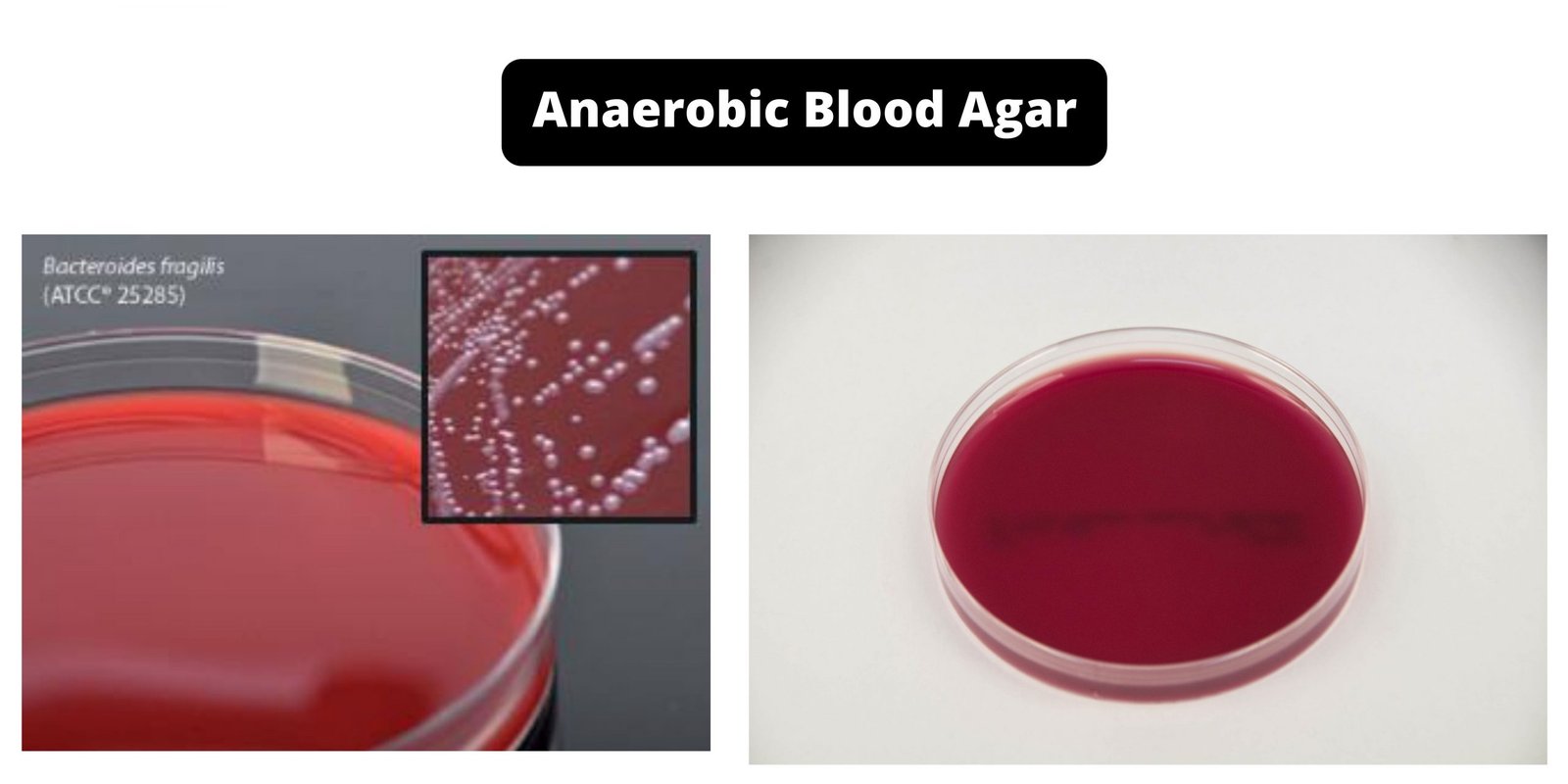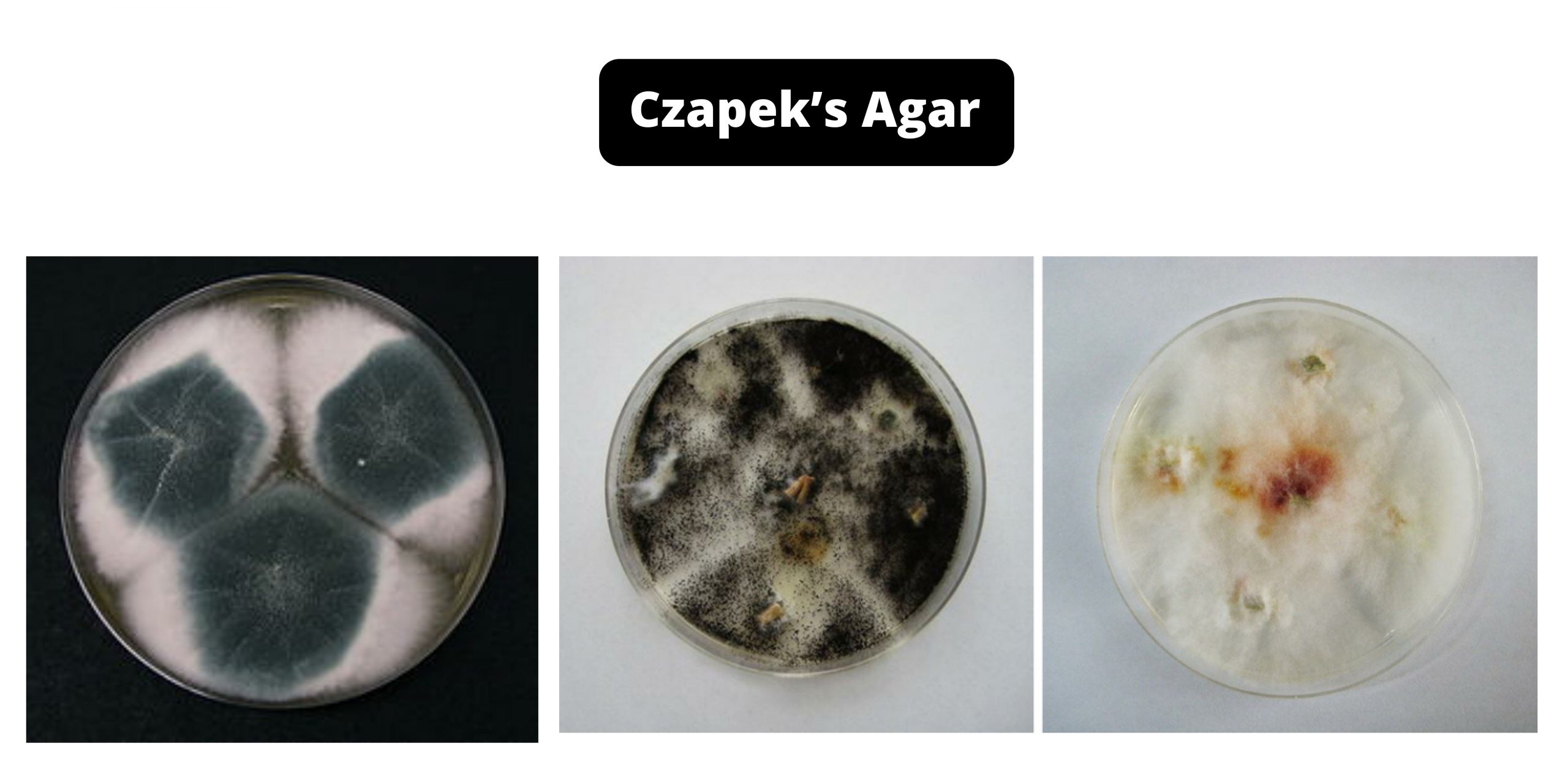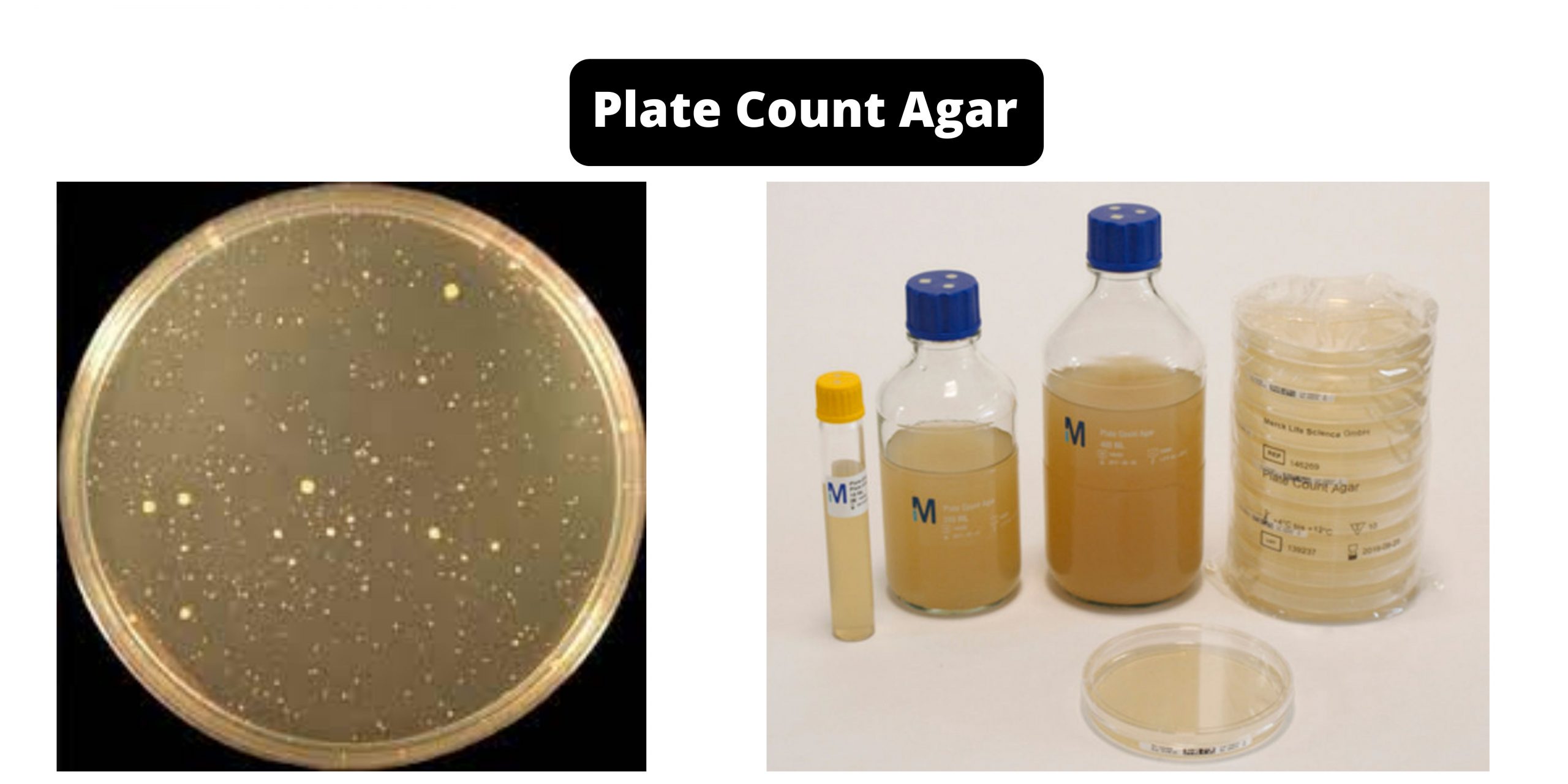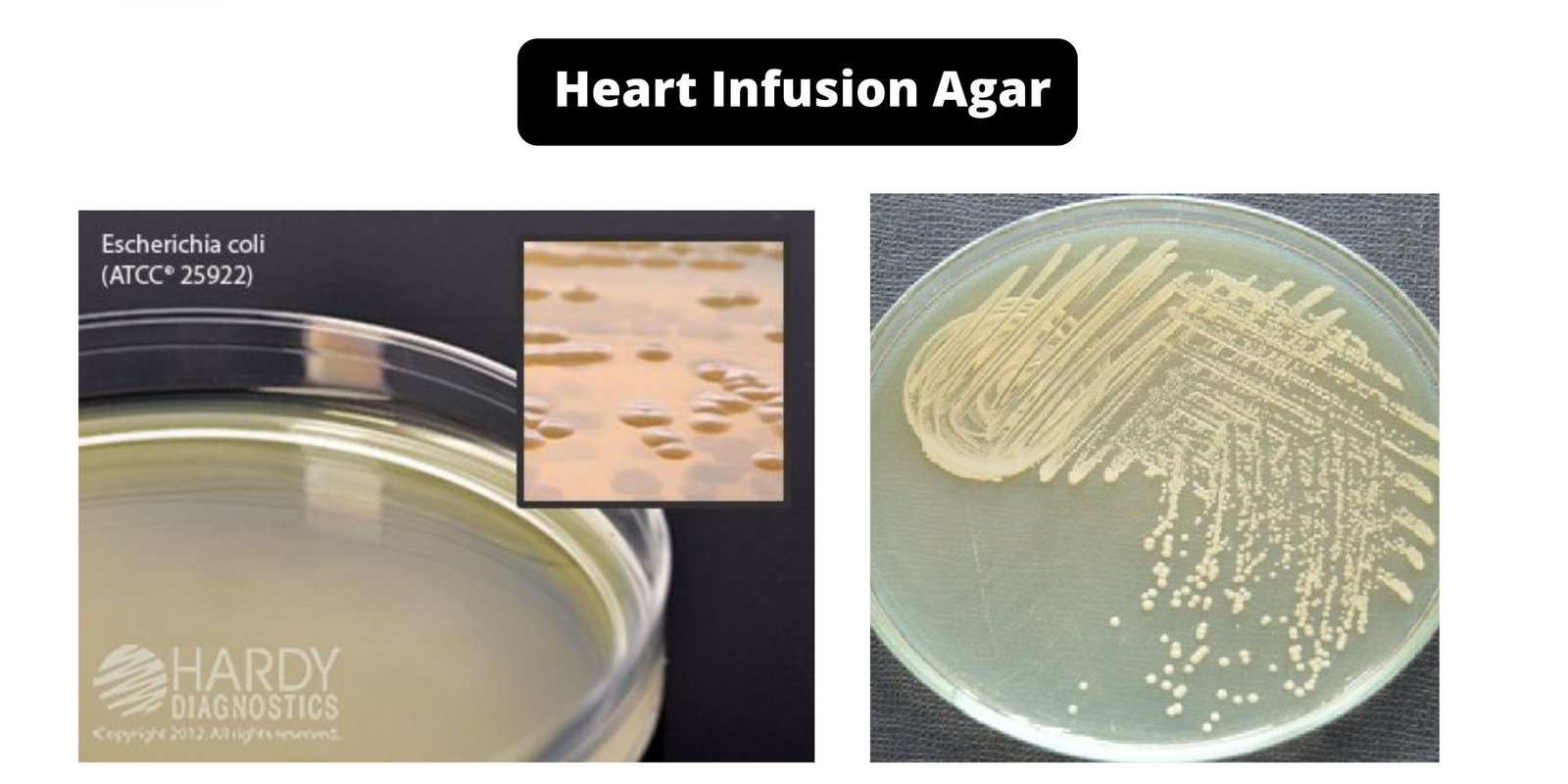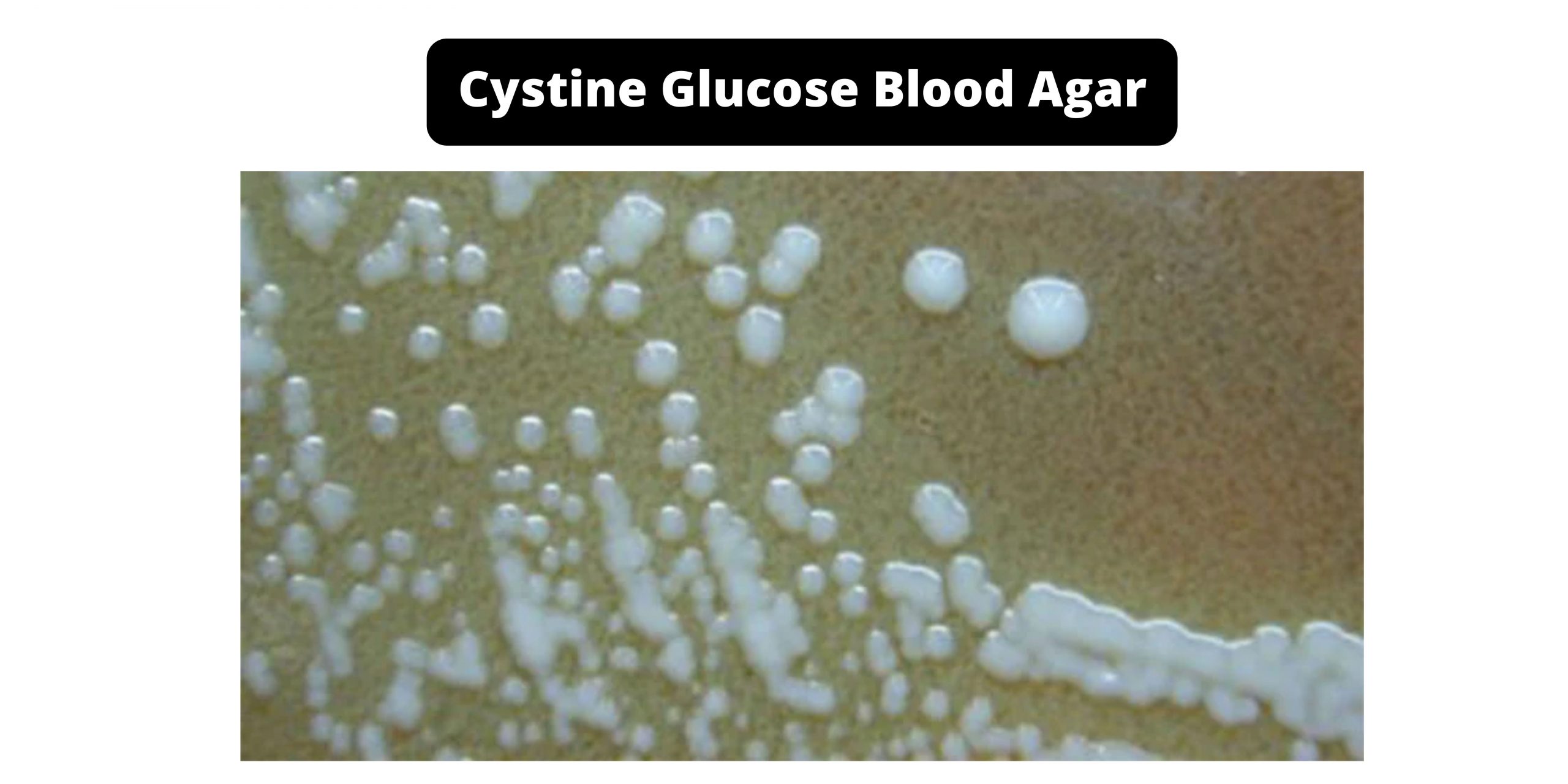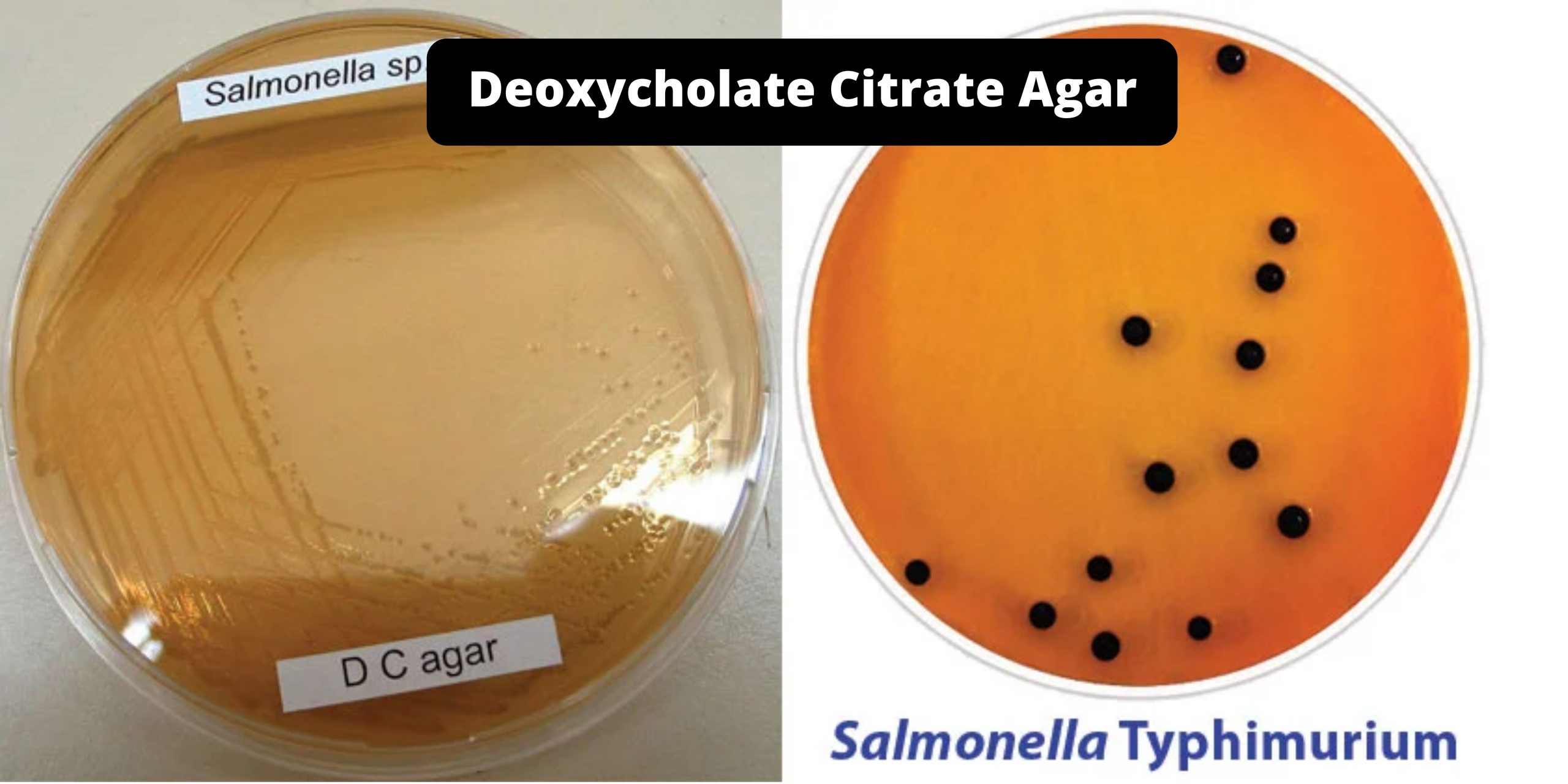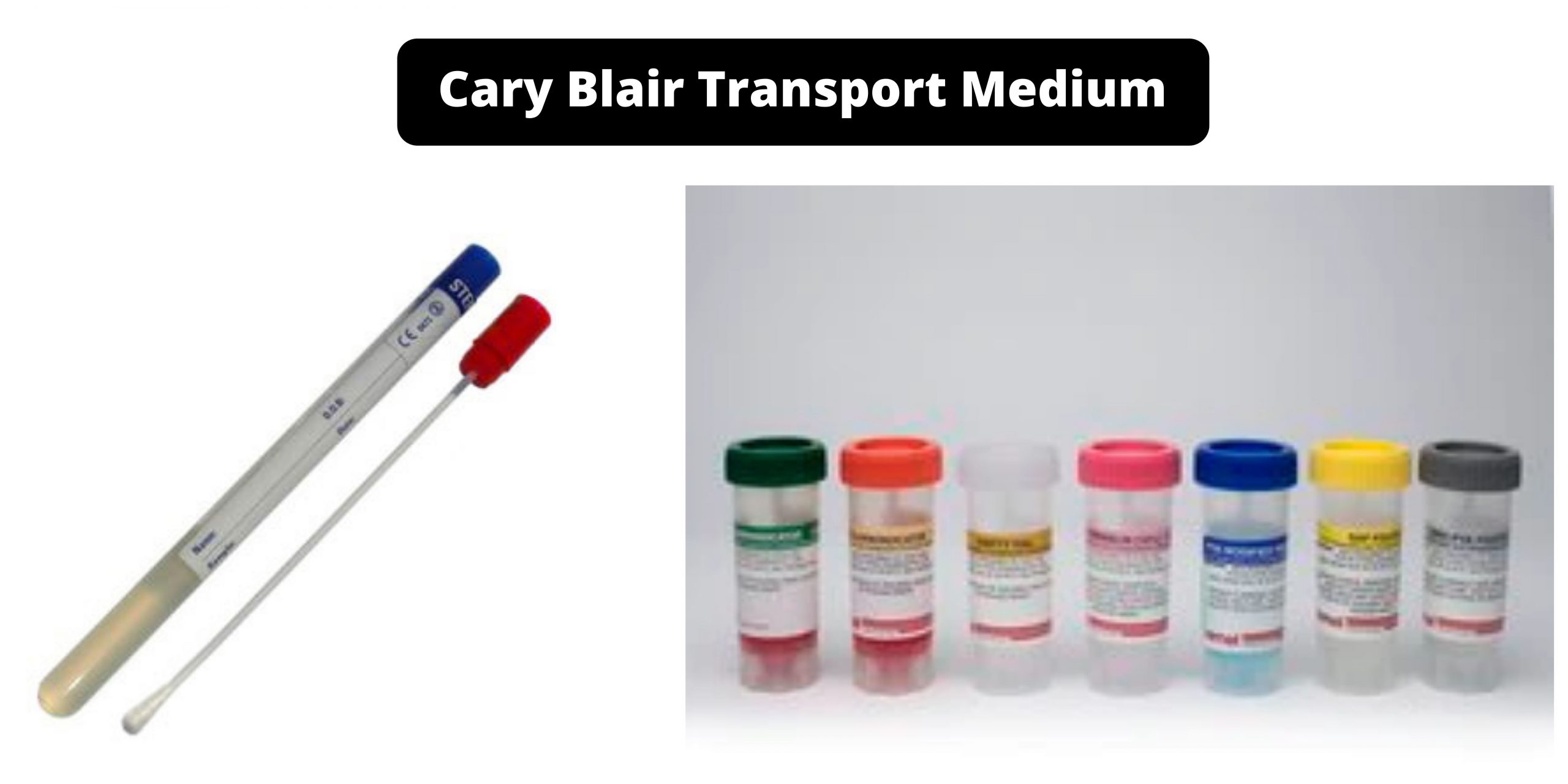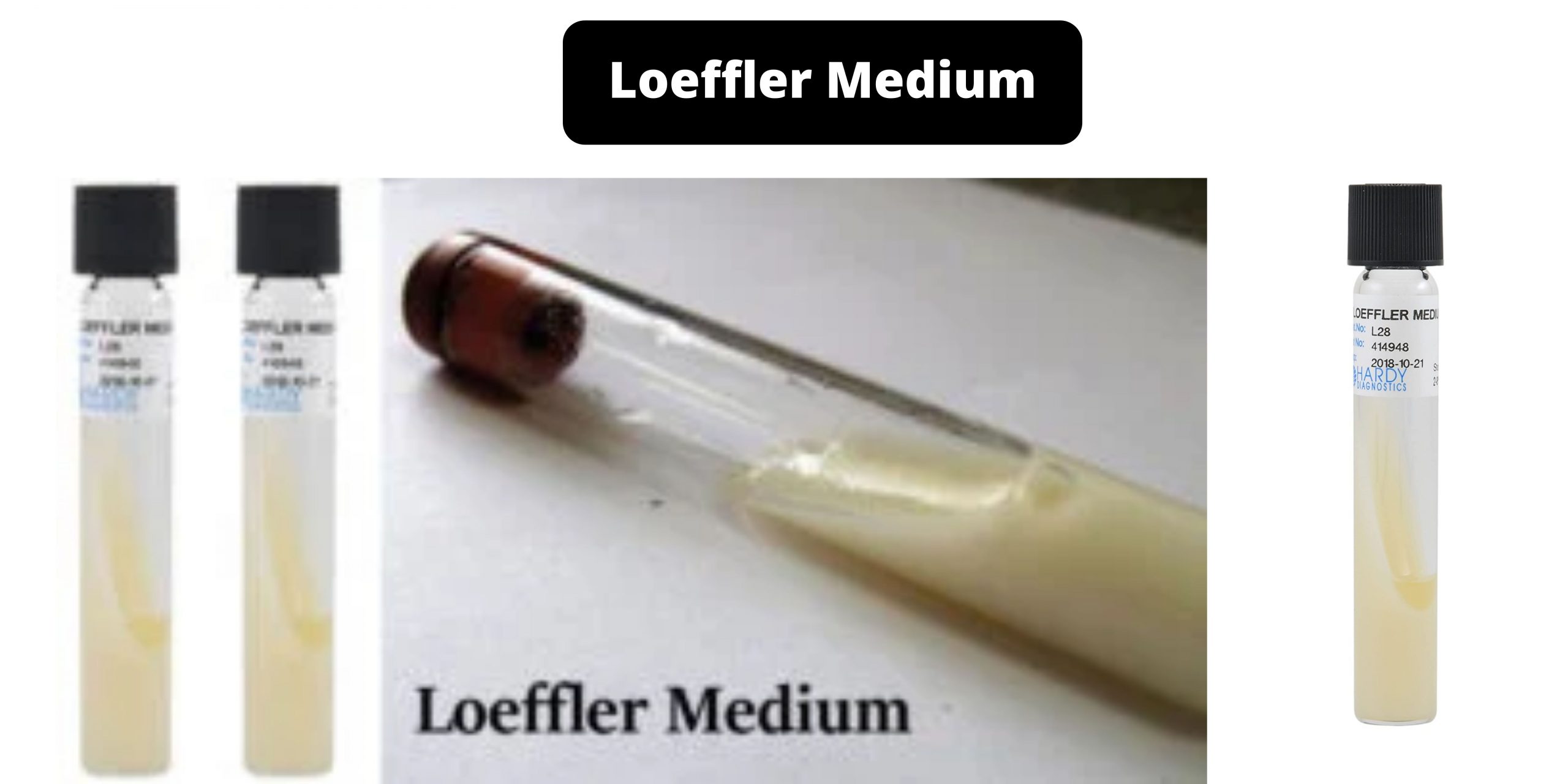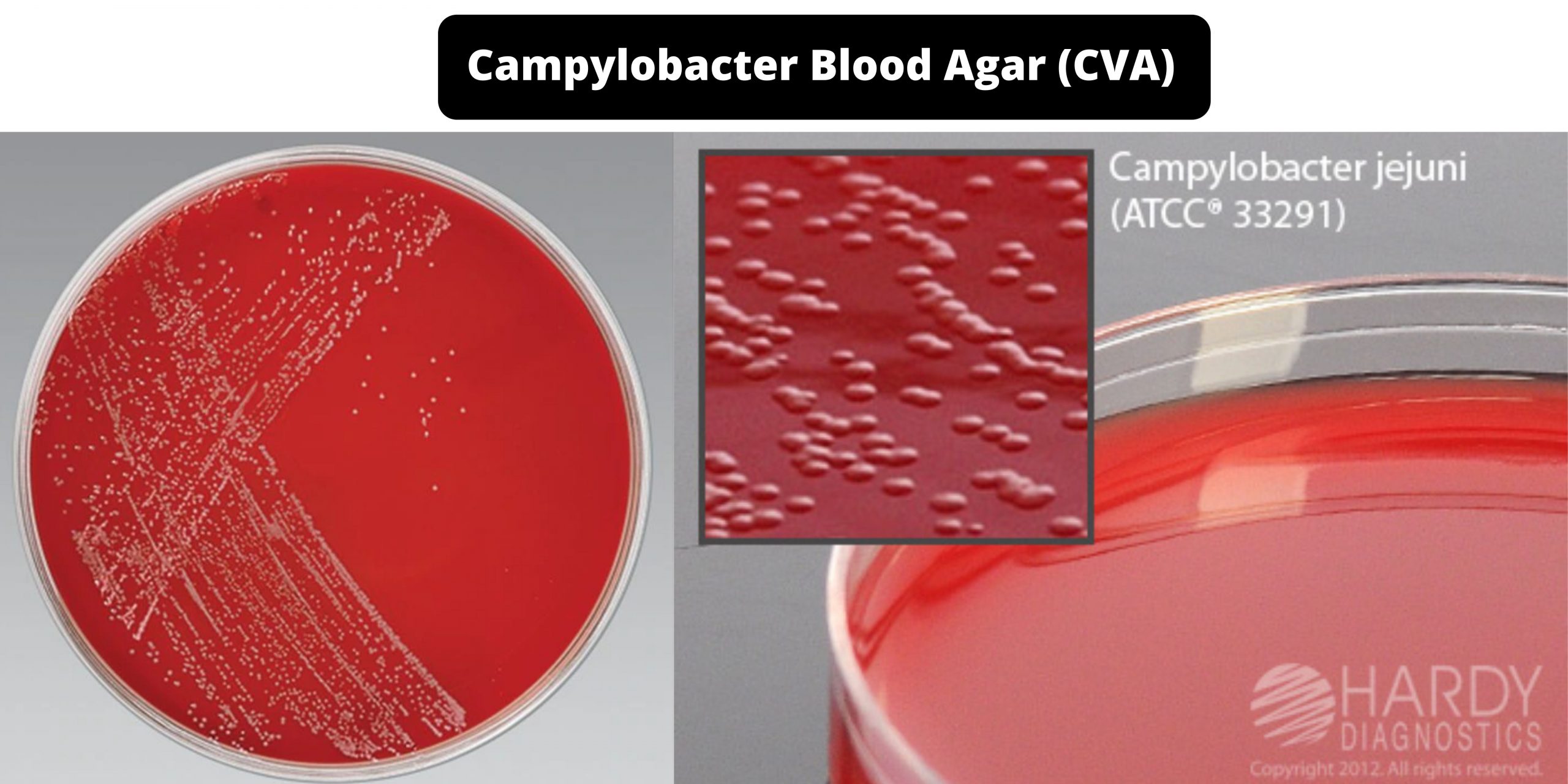Cary-Blair Transport Medium is simple, semi-solid, and non-nutritive medium that is used to collect and storage of samples of microbiological organisms. The low levels of nutrients in the medium aid in the life of the organisms, without multiplication. The semisolid consistency facilitates the ability to transport easily and the medium is able to be stored for up to a year after its preparation at temperatures of room temperature. Cary-Blair Transport Medium is a modification to Stuart’s Medium which is comprised of a more effective buffering system that replaces sodium glycerophosphate by organic phosphates. This new formulation helps prevent the growth of Enterobacteriaceae and aids in the long-term conservation for Salmonella as well as Shigella for extended durations. It is employed for the transport of clinical specimens believed to have enteric pathogenssuch as Shigella, Salmonella, Vibrio Cholerae, and Escherichia Coli O157 H7.
